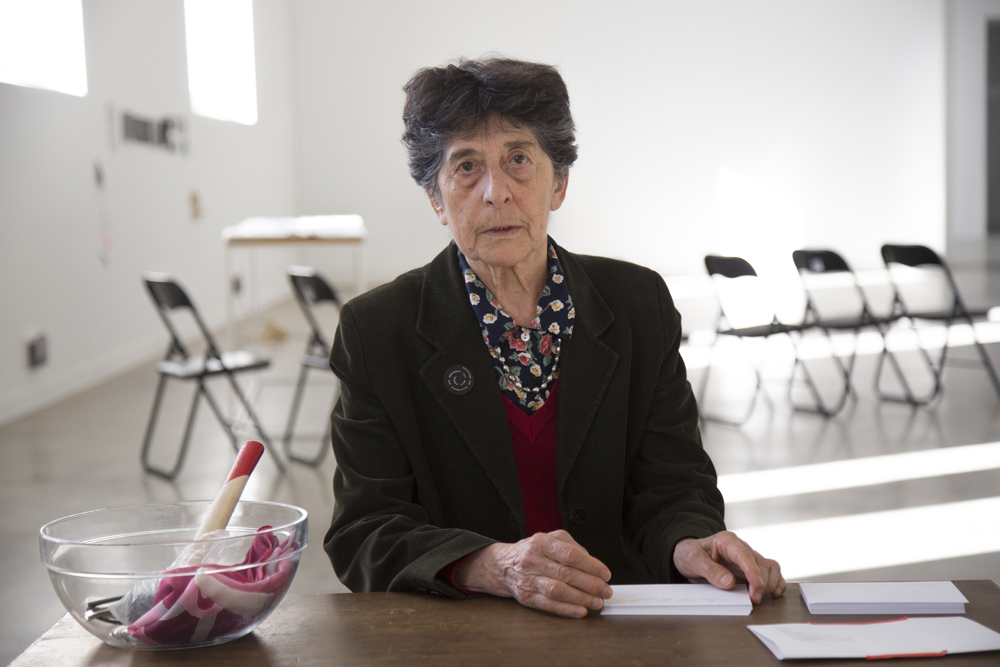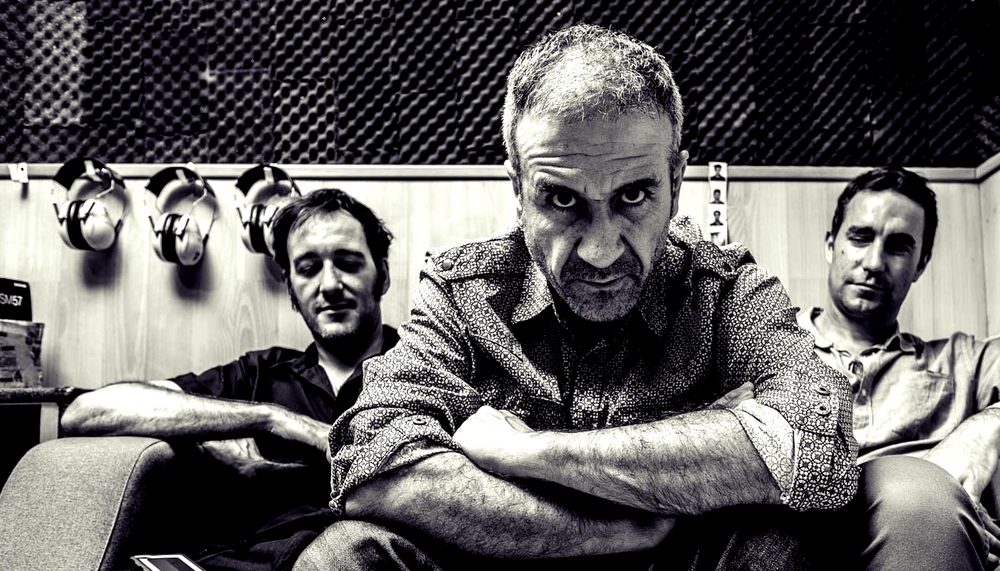Tabakalera will host the works of the pioneer Donostiarra of the performance Esther Ferrer
- This Friday Tabakalera inaugurates exhibition 2, 3, 5, 7, 11, 13, 17, 18, 23... dedicated to Esther Ferrer. You can see works from the Donostian artist's past, as well as a new work.

The artist, born in 1937 in Donostia-San Sebastian, was a pioneer in the world of performance and this exhibition organized by Tabakalera is the main one organized by him in recent years.
In addition, Tabakalera will take advantage of this exhibition to open a new exhibition hall. The exhibition curators, Laurence Rassel and Mar Villathica, have treated this space as a living space.
The exhibition will be based mainly on Ferrer's work on prime numbers 2, 3, 5, 7, 11, 13, 17, 18, 23... and hence the curious title of the exhibition. But he also wants to go beyond that, recovering the different activities of the artist's long career and spreading his variants.
As usual in Tabakalera and the Center for Contemporary Culture of Donostia-San Sebastián, the sample will be seen between 5 April and 26 May. For example, on Saturday, April 6, starting at 10:00, Ferrer and Rassel will offer a colloquium for breakfast.
As of April 12, once a week, seven artists and collectives, including Ferrer himself, will present their performances at the Arriaga Theatre in Bilbao.









